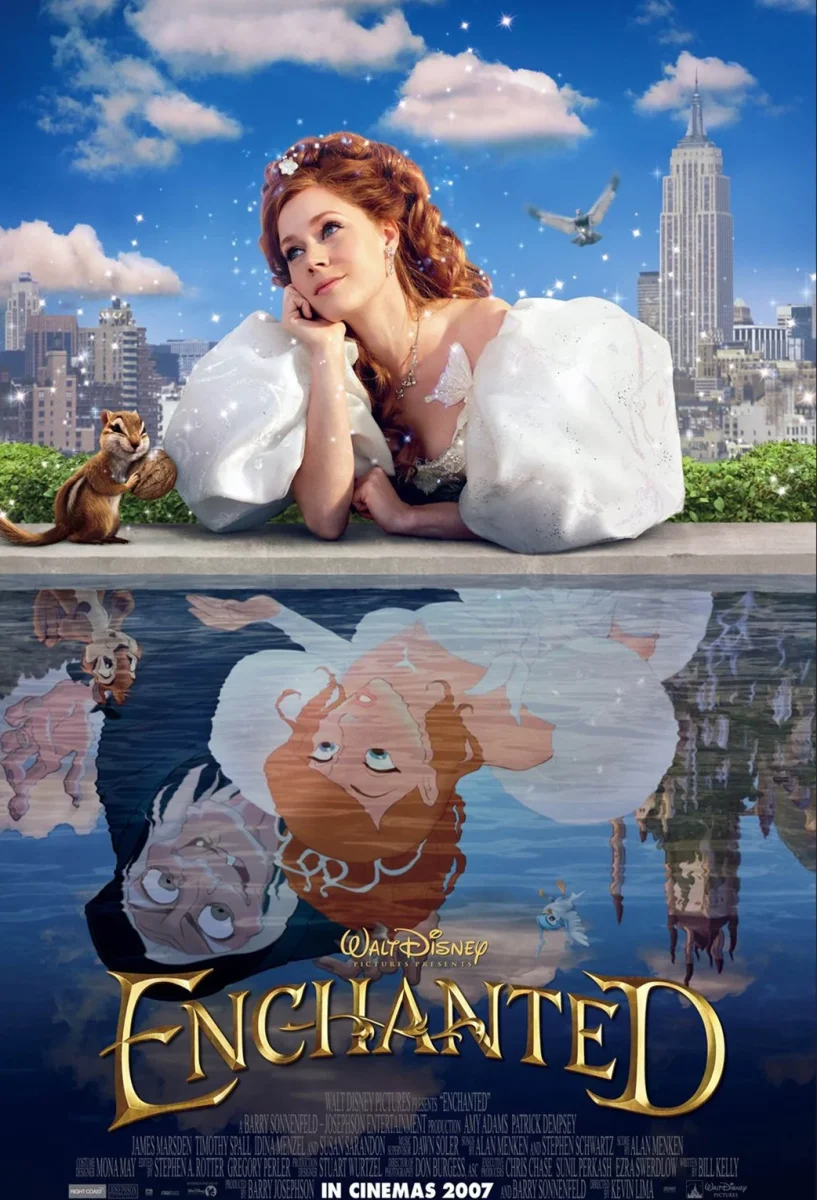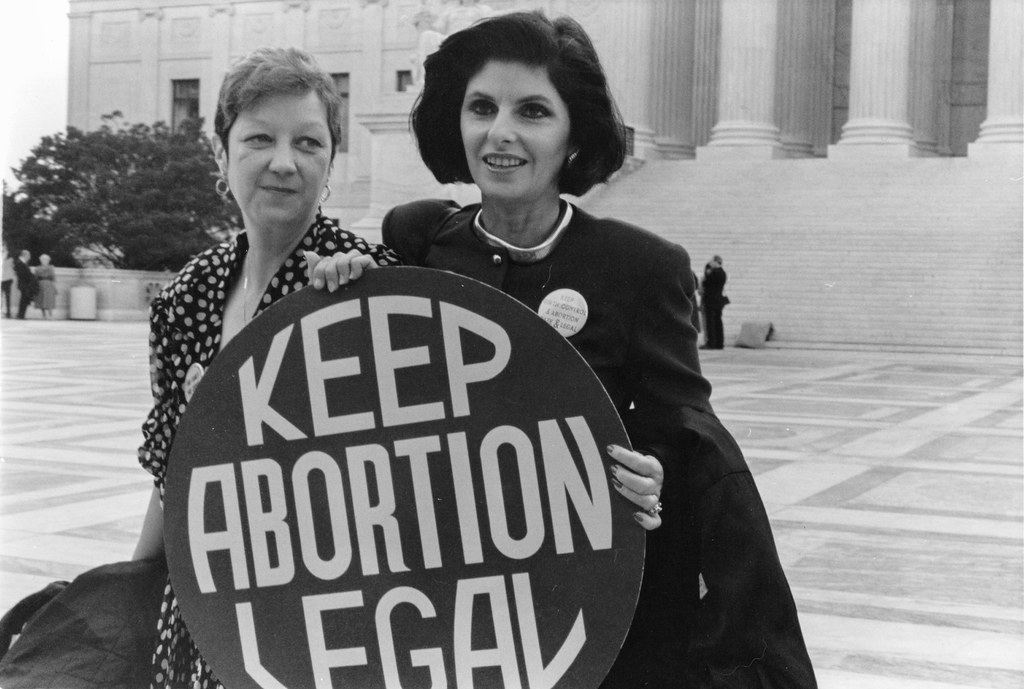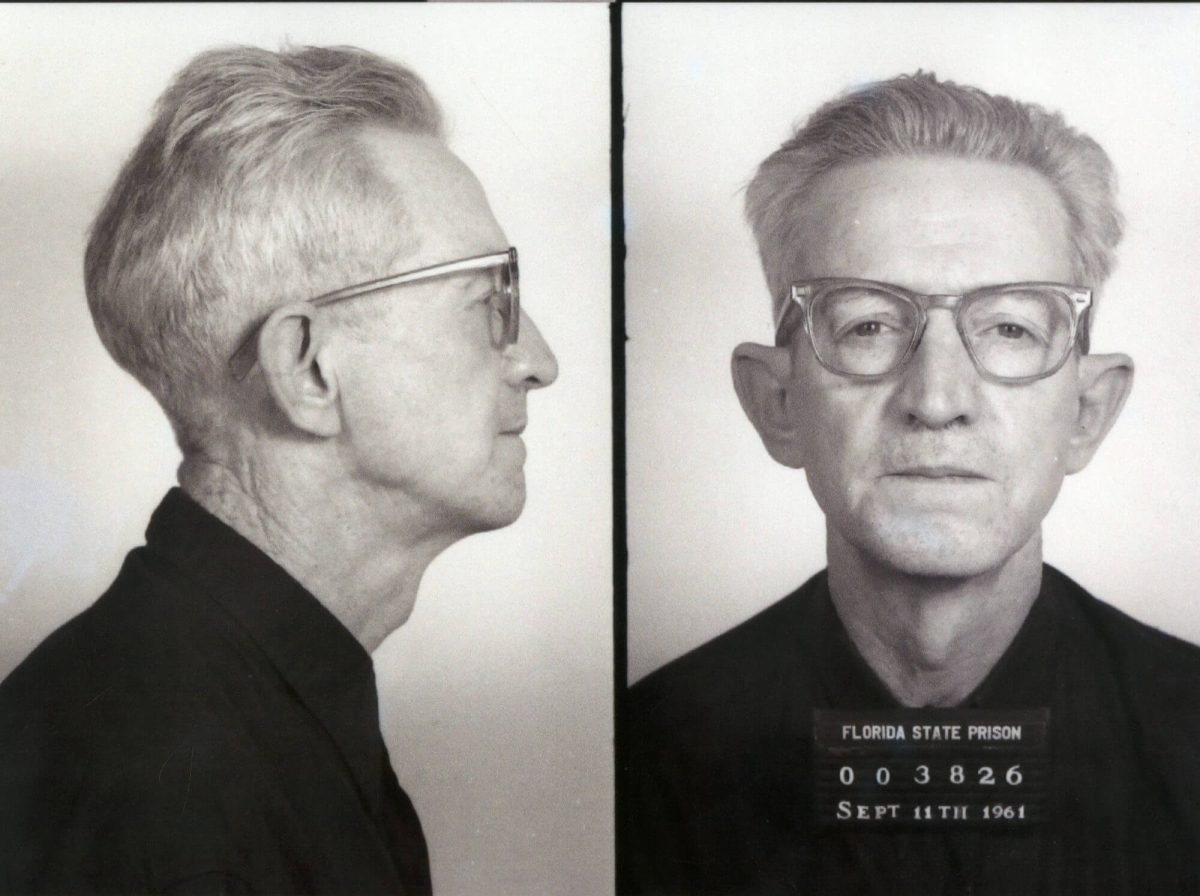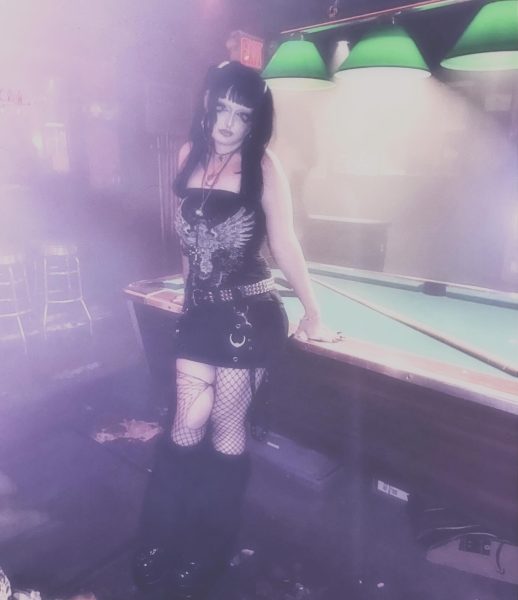During the 1960s and 70s, Americans started a counterculture movement that would take the world by storm and shake fashion, music and history forever. A decade of discourse catapulted the hippie subculture into the limelight. A movement driven by a spirit of resistance and nonconformity that celebrated peace, love and freedom in response to societal norms and political tensions.
The hippie movement was not only a new fashion and music subculture but also a political movement protesting the Vietnam War, civil rights violations and environmental degradation. Through vibrant, expressive clothing–marked by tie-dye patterns, flowing skirts and natural materials–hippies sought to reflect unity with nature and a rejection of materialism. Hippie fashion was a radical departure from mainstream styles, favoring colorful, handmade clothing over corporate conformity, serving as a political statement against social norms.
Music festivals like Woodstock became influential gatherings where the youth could connect, share ideas and protest militarism and violence. Hippie artists like The Beatles, Bob Dylan, Janis Joplin, Jimi Hendrix and Jefferson Airplane didn’t just create music–they made statements against war, inequality and repression. The hippies lived sustainably and were environmentally conscious. Often called “tree huggers,” it was important to preach societal equality, environmental protection and equality.
Today, the hippie subculture has been watered down to its basic clothing and music attributes by apps such as TikTok and Instagram, where the movement is often lost among those trying to achieve an “aesthetic.” To label yourself as a hippie requires you to go deeper than materialistic values and truly live a carefree, leftist and sustainable lifestyle.
Though the hippie movement began to wane by the mid-1970s, its impact on culture, politics and personal identity has been long-lasting. The peace symbol, iconic music and messages of unity continue to inspire social and political movements today, especially in environmental activism, anti-war protests and gender equality advocacy. Bands like The Beatles, Grateful Dead and The Charlatans are all hippie bands that used their music to spread their beliefs.
DIY is preferable when looking for hippie clothing, but thrifting and resell stores are your best bet for authentic hippie clothing. For more immediate pieces, stores like Soul Flower, Hippie and Co. and Jalyi’s Clothing all carry hippie-style clothing.








